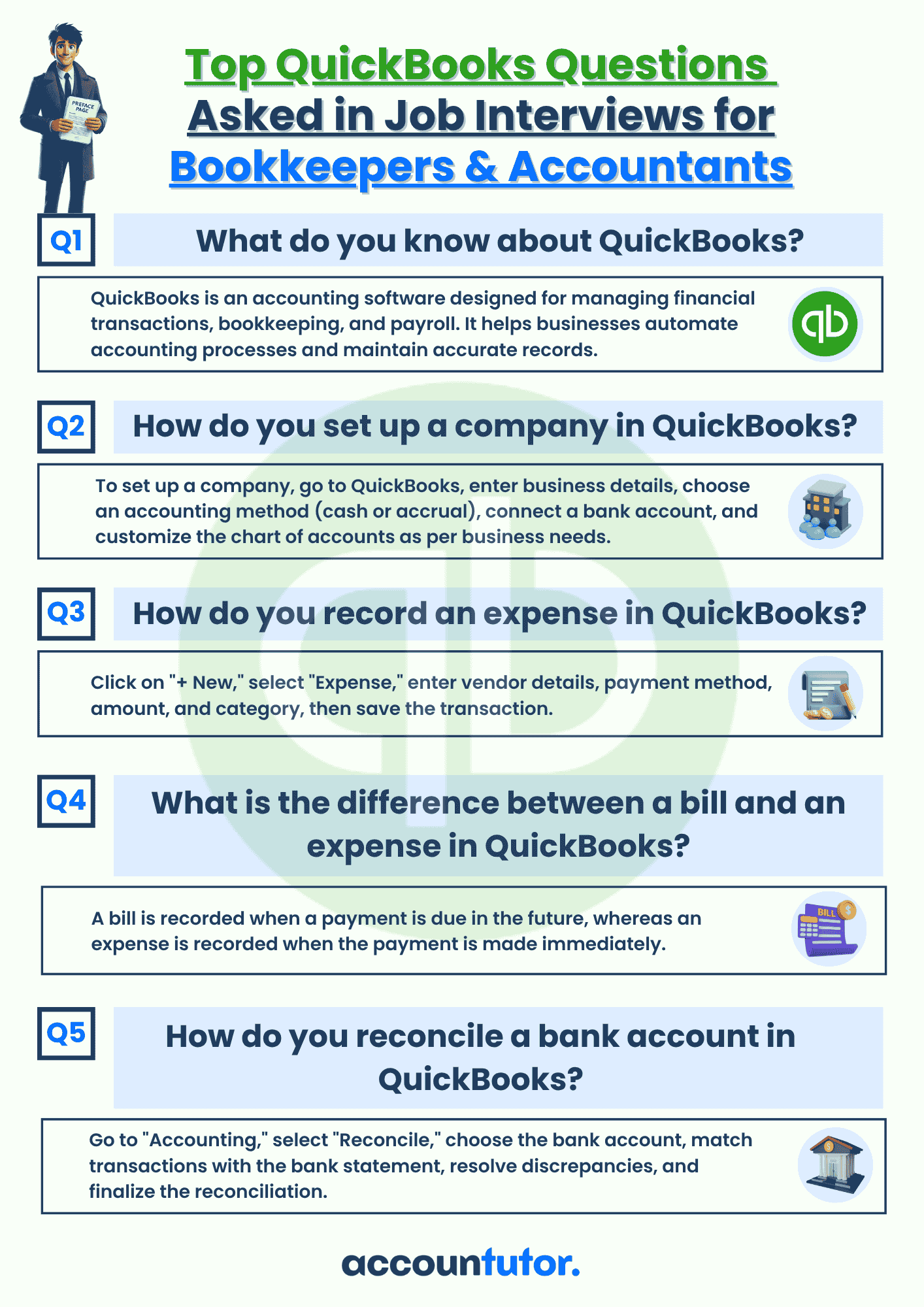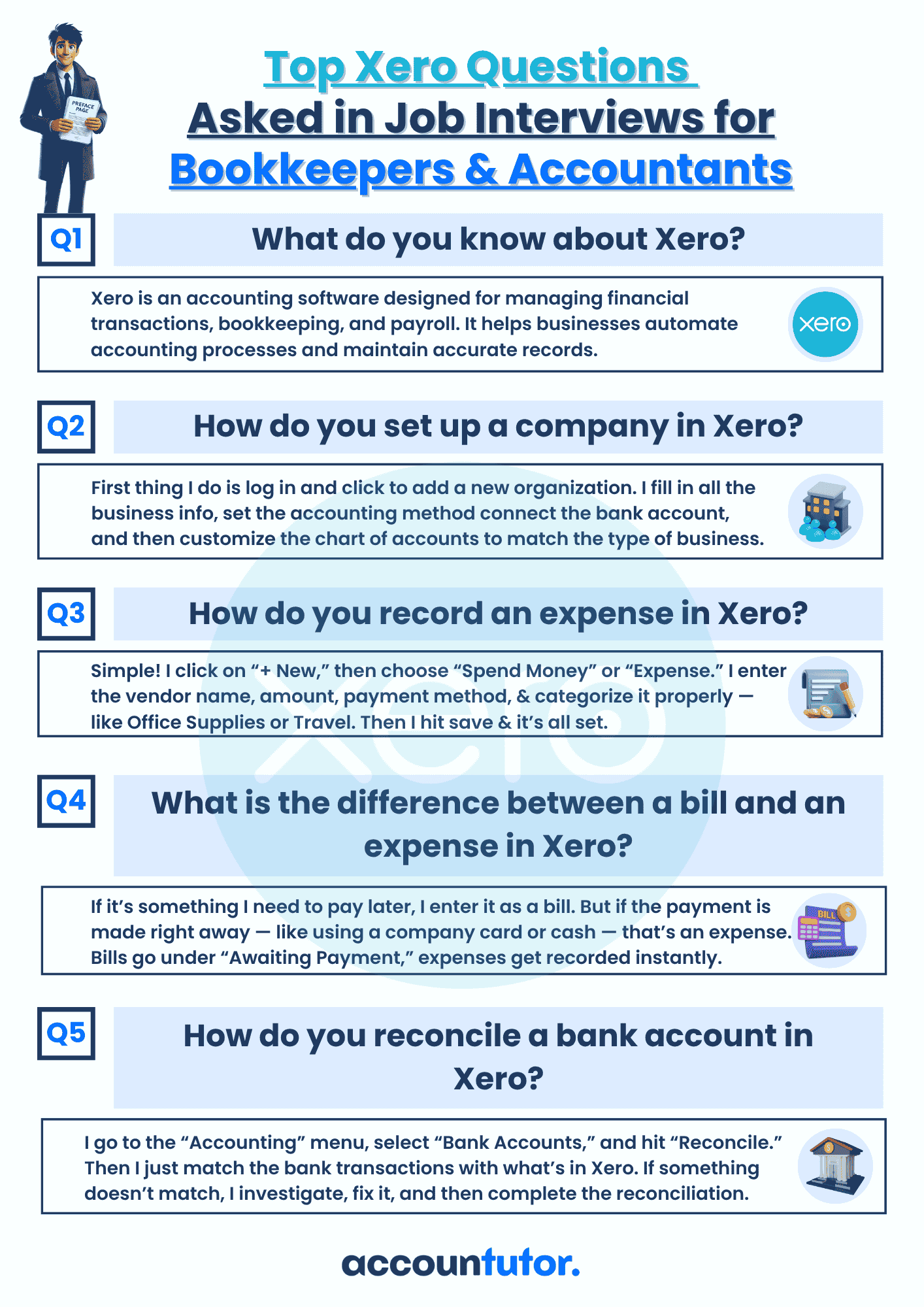How to Import Customers in QuickBooks Online: A Step-by-Step Guide
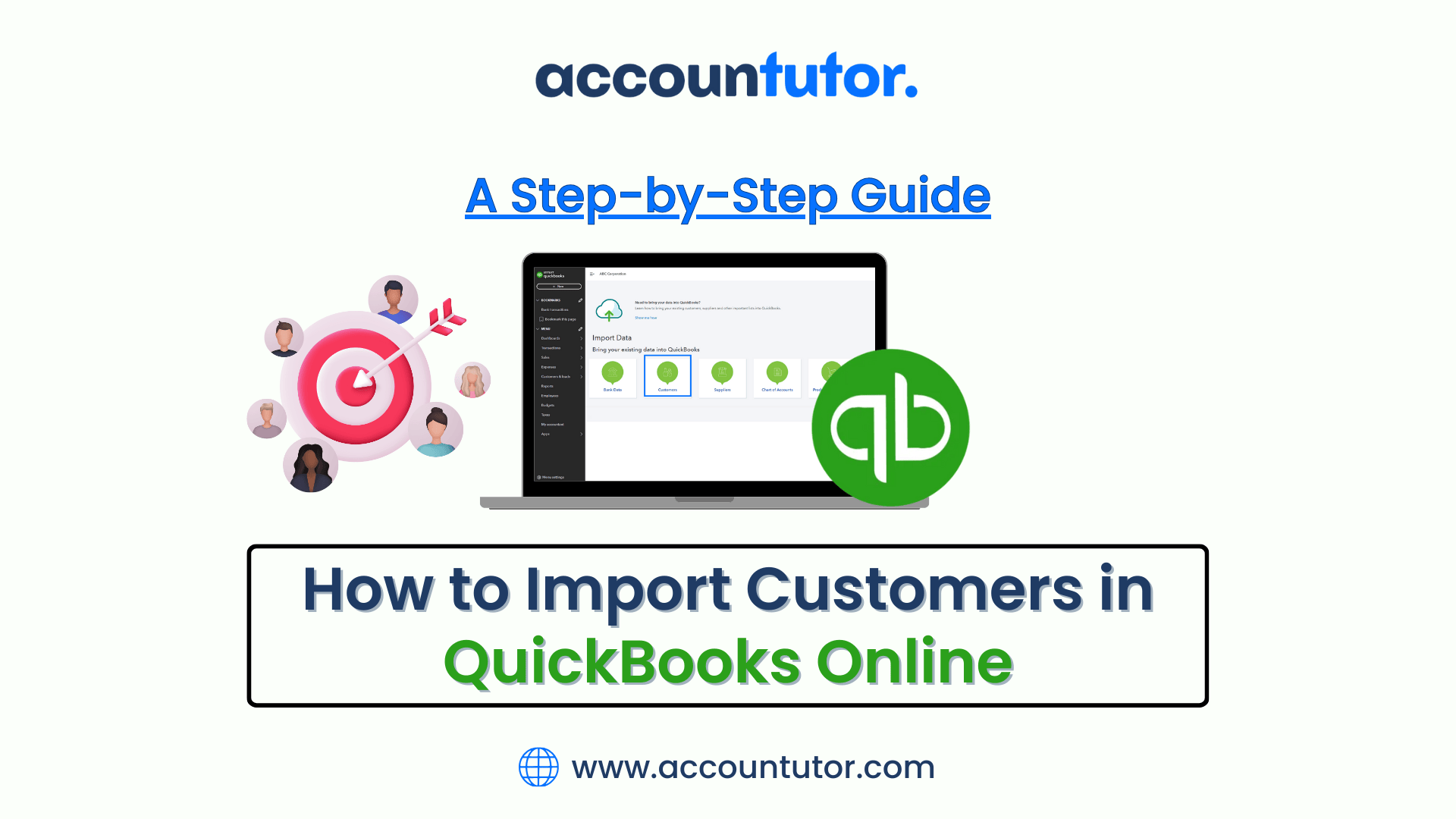
Introduction
Are you looking for a quick and easy way to update your customer database in QuickBooks Online? Importing customer data is the perfect solution to save time, minimize manual entry, and ensure your records are accurate. Whether you're setting up QuickBooks Online for the first time or updating your existing list, this guide will walk you through the process.
With
step-by-step instructions, tips for efficiency, and advice on avoiding common
mistakes, you’ll master customer imports in no time.
Why Importing Customers in QuickBooks Online Matters
1. Quickly create invoices and track payments.
2. Maintain accurate customer records for better financial reporting.
3. Save time by uploading customer details in bulk.
4. Ensure professional communication with updated contact details.
Efficient customer management is essential for streamlining your accounting process and delivering excellent service.
Step 1: Prepare Your Customer Data
Include the following columns:
Customer Name
Email Address
Phone Number
Billing Address
Opening Balance (if applicable)
Tip: Use consistent formatting, especially for email addresses and phone numbers, to ensure a smooth upload.
Step 2: Access the Import Tool in QuickBooks Online
2. Under the “Tools” section, select Import Data, then choose Customers.
Tip: Ensure you’re using a compatible QuickBooks Online plan that supports data imports.
Step 3: Upload Your Customer File
2. Map Your Fields: Match the columns in your file to QuickBooks fields (e.g., “Customer Name” to “Display Name”). QuickBooks will guide you through this step.
3. Review and Confirm: Verify the mapped fields to ensure all information is accurate before proceeding.
Common Mistake: Forgetting to map all fields correctly can result in missing or misplaced data.
Step 4: Import Your Data
2. Check the Results: QuickBooks will notify you if any rows couldn’t be imported. Review the errors and correct them in your spreadsheet, then re-upload if necessary.
Tip: Use the search bar in the Customers section to verify that the imported details appear correctly.
Step 5: Organize and Update Customer Profiles
1. Group Customers: Use tags or labels to categorize customers (e.g., by region or type).
2. Add
Missing Information:
After importing, review individual profiles and add extra details like payment
terms or notes for better management.
Tip: Keep your customer list updated regularly to avoid outdated or incorrect entries
Tips for a Successful Supplier Import
Use Consistent Formats: Standardize names, addresses, and phone numbers for a professional and uniform database.
Start Small: Test the import process with a smaller file first to ensure everything works correctly.
Common Mistakes to Avoid
1. Uploading Incorrect File Formats: Always save your spreadsheet as a CSV before importing.
2. Skipping Data Review: Failing to review your data for errors can result in inaccurate customer records.
3. Incomplete Field Mapping: Ensure all fields in your spreadsheet are mapped to QuickBooks correctly.
Make Learning Easier with Resources
For more expert tips and hands-on training, consider enrolling in the Mastering QuickBooks Online course at Accountutor. This comprehensive course covers everything you need to know about QuickBooks Online, from customer management to advanced financial reporting.
Why Choose "Mastering QuickBooks Online" from Accountutor?
On-Demand Video Course
4.5 Hours
1 Year Access
Cases &
Practice Sets
Certification by:
accountutor.com
Join 350+ Accounting and Bookkeeping Professionals Mastering QuickBooks Online with accountutor.com
Latest from our blog
Accounting and Bookkeeping courses for you
Subscribe to our newsletter
Policy Pages
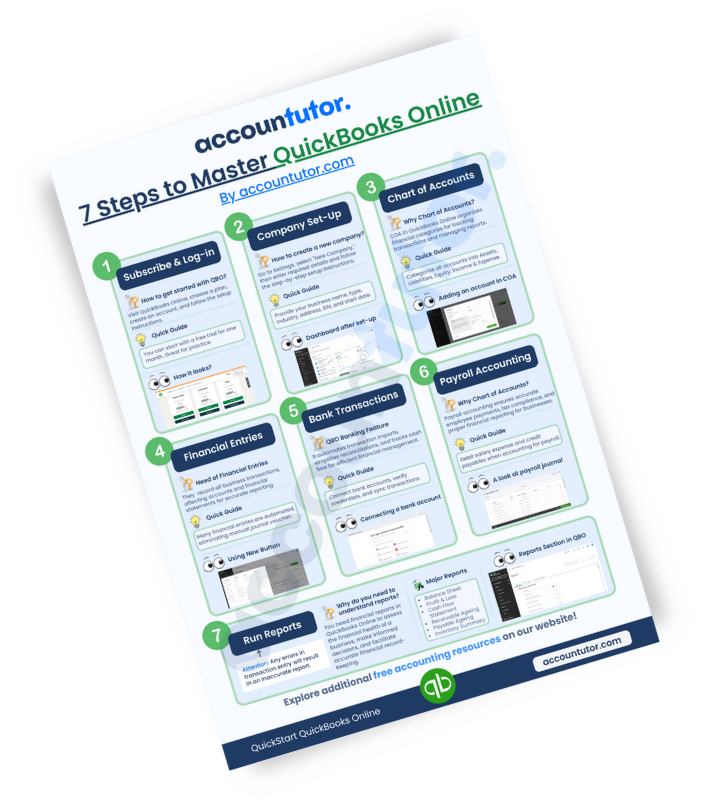
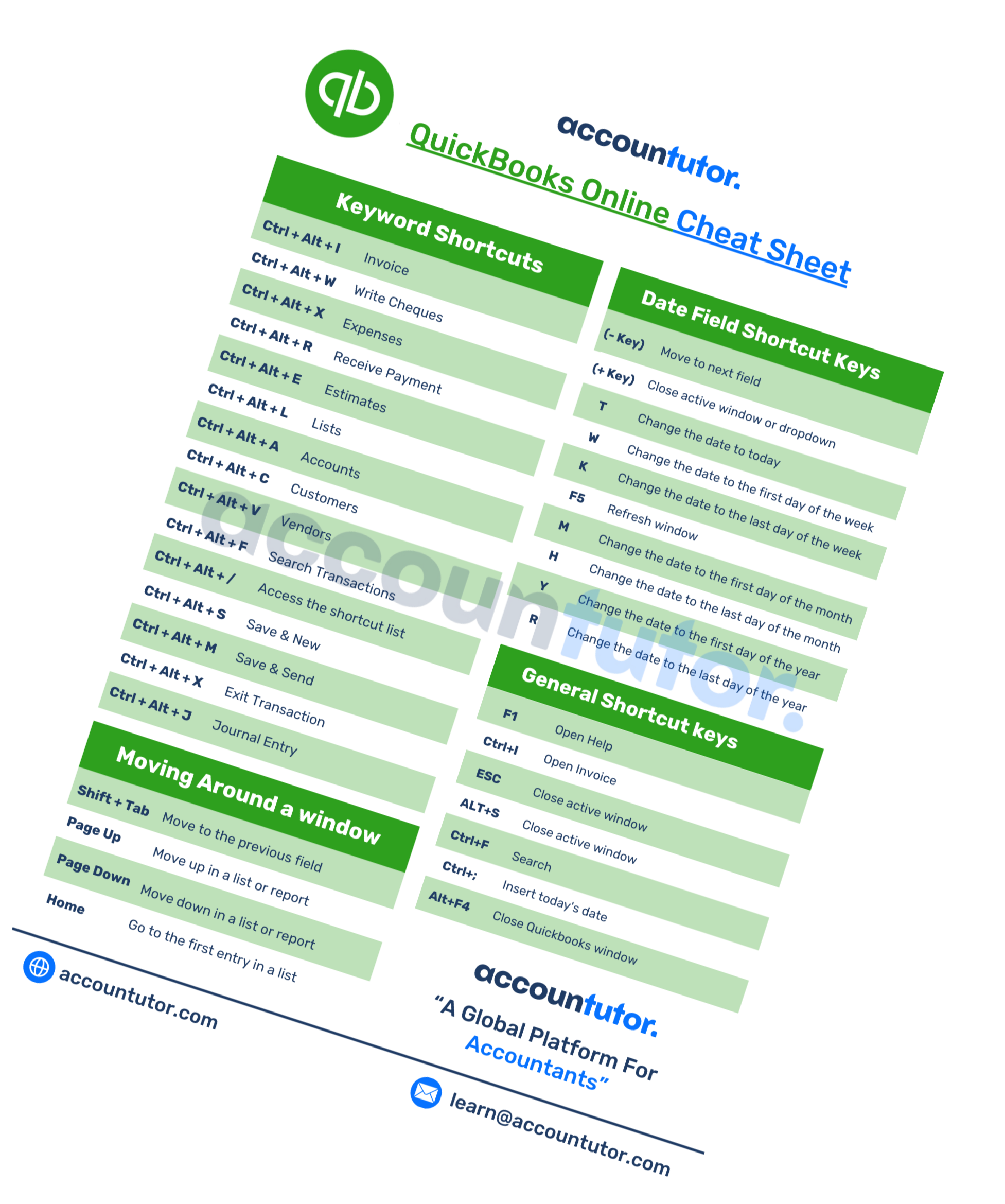

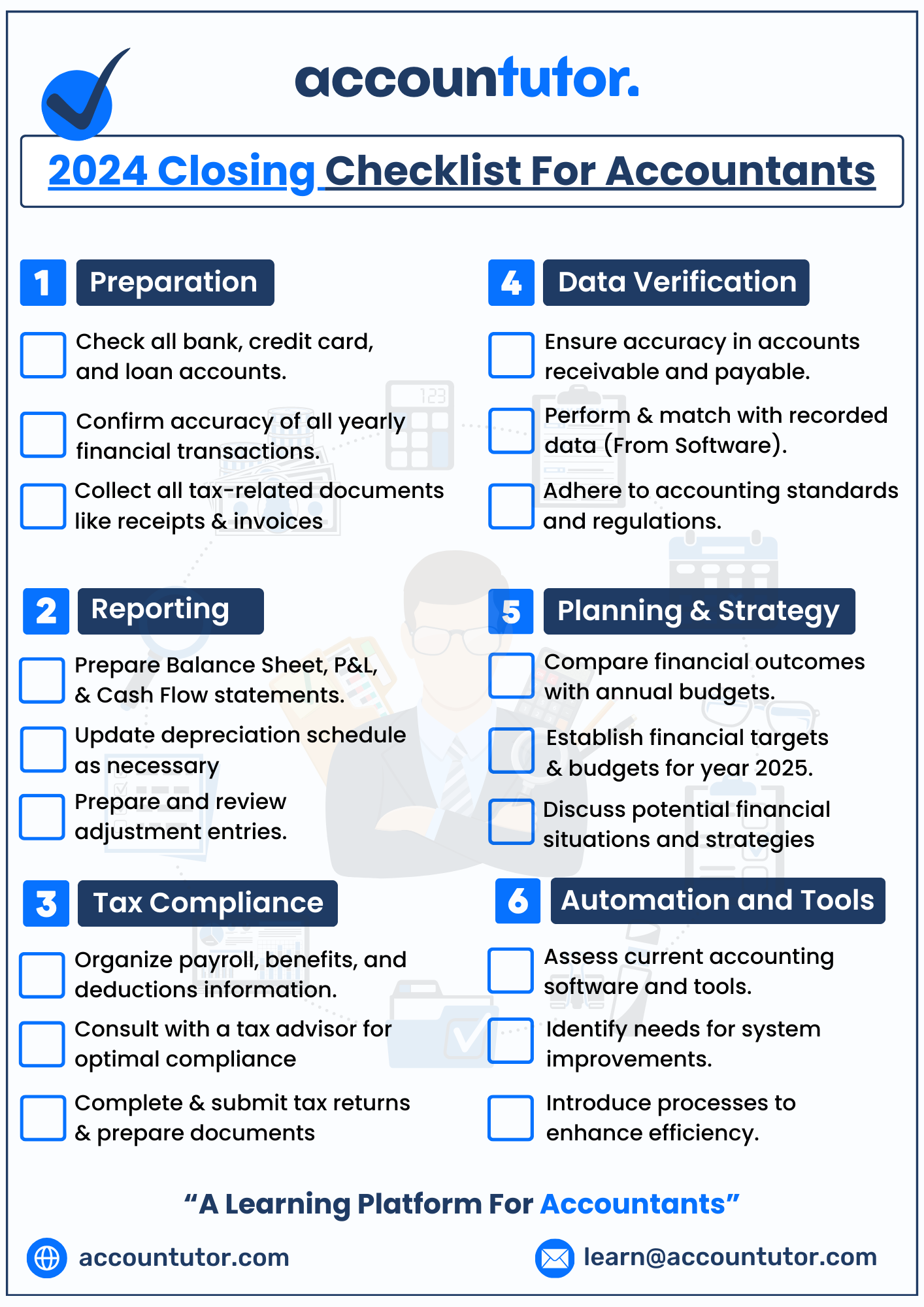
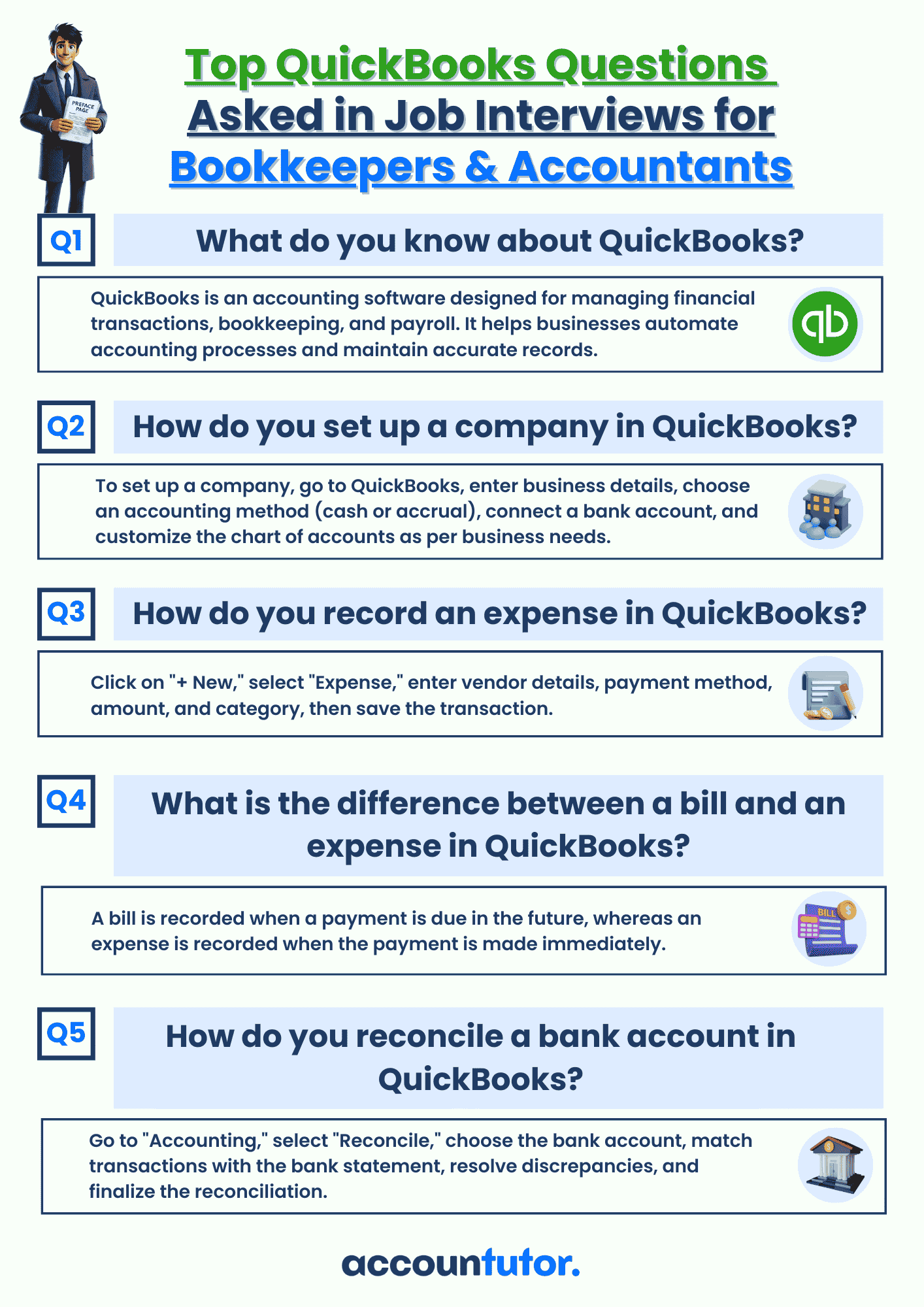
Register for this webinar: How to Master QuickBooks Online— Without Feeling Overwhelmed
